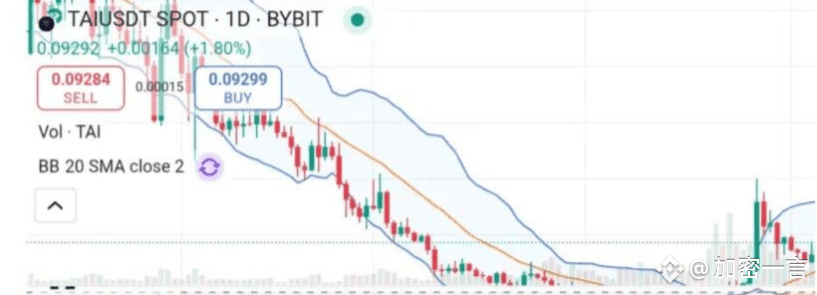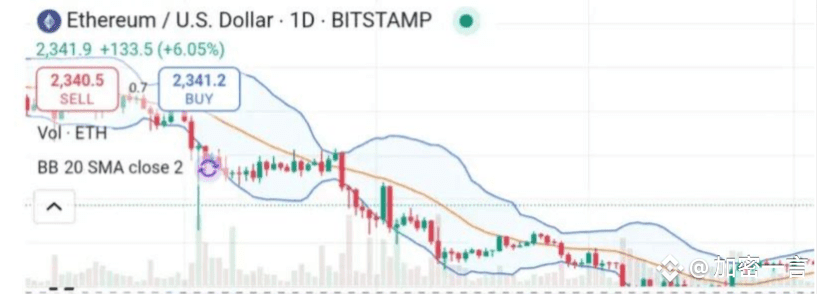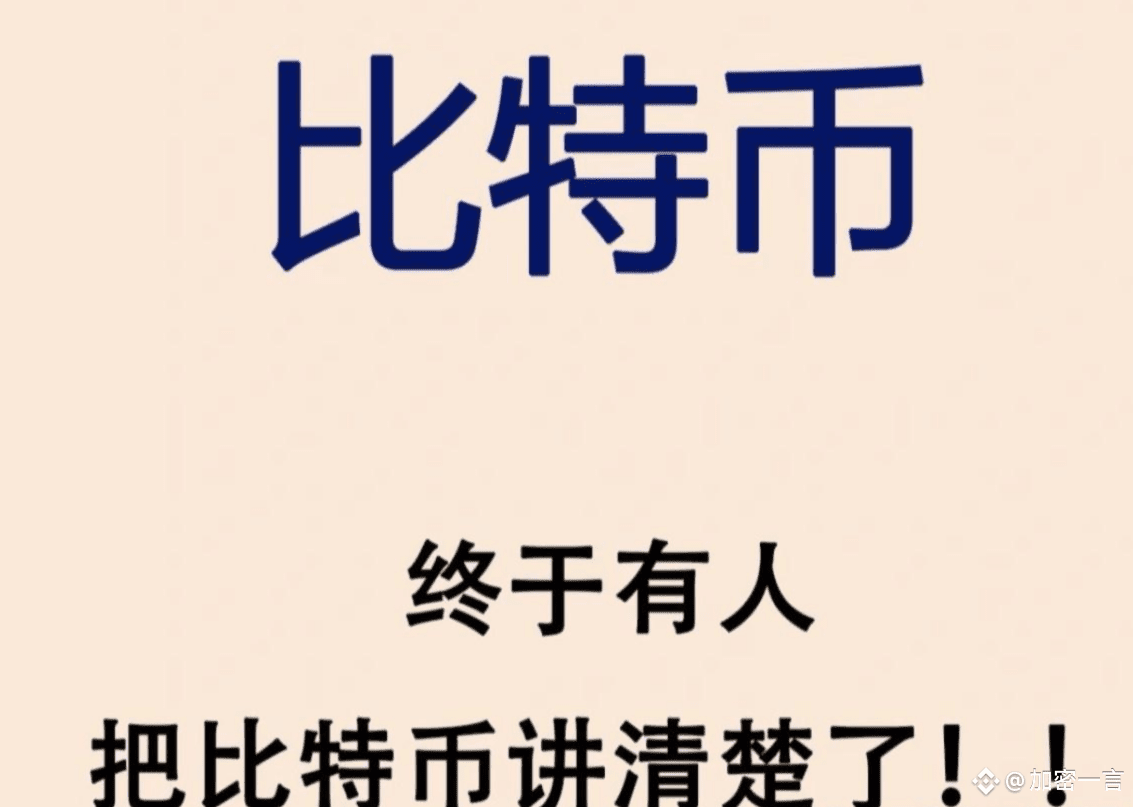Looking for new altcoins in May? You're not alone. As the market heats up again, some coins are standing out. Whether you're after long-term value or short-term gains, timing is crucial.
Therefore, we have compiled three outstanding altcoins currently being focused on by cryptocurrency experts.
From intelligent AI projects to blue-chip giants, to rapid trading strategies, these coins all have real potential. Let us analyze and see what values are worth further study.
1. TARS AI (TAI)

After experiencing a dismal decline, TARS AI has finally welcomed a turning point. Its market cap fell from $312 million to only $17 million. However, in the past month, it has rebounded to around $50 million, with an increase of up to 114%.
TARS runs on the Solana blockchain, providing AI-based applications and has been put into real-world use. It has already served over a million Solana users and is still growing. Its team focuses on strong marketing and practical applications rather than hype. Many believe TARS AI is worth long-term investment. Though small, it has significant upside potential and a solid foundation.
If the market turns bullish again, TARS AI may grow rapidly.
2. Ethereum (ETH)

Ethereum may not be a new thing, but its potential is limitless. This week, the price of ETH dropped by 3%, currently around $1,770, down about $100 since the beginning of the month. But the key point is that Ethereum has been through worse situations. It once broke through $4,500 and currently maintains a top market cap, although it has fallen from $459 billion to $200 billion. For shrewd investors, this drop is an opportunity to buy the dip. Many are taking advantage of this pullback to dollar-cost average. If the global economic situation does not worsen, Ethereum could lead the next rebound.
3. Virtual Protocol (VIRTUAL)

VIRTUAL is suitable for action-oriented traders. The market cap of Virtuals Protocol plummeted from $4.54 billion to only $200 million. Its price fell from $4.60 to $0.48, then rebounded to $1.40.
In just a few weeks, the price of VIRTUAL has tripled from its trough. Currently, this coin is not suitable for long-term holding, but one should seize the opportunity for rapid gains—perhaps it can rise another 20% to 40%. Market sentiment remains volatile. But for traders accustomed to large fluctuations, VIRTUAL seems worth a shot.
TARS AI shows strong growth potential due to its increasing adoption rate and practical usability.
Ethereum remains a key choice for long-term holders. The virtual protocol seems like a quick trade in a sluggish market.
Hello everyone, I was born in '88, and my name is Sunny. I accidentally got involved in the cryptocurrency trading industry in 2015. At first, I lost hundreds of thousands just like gambling. But later, I started to study seriously, searching for information everywhere, learning relevant knowledge, and continuously improving my skills. After years of ups and downs, I finally welcomed a turning point in 2024. I began my journey of reversal. In just over two years, I grew from 100,000 to now an eight-figure amount!
Core Principles - Three Don'ts of Trading Coins:
Avoid buying during price rises: When market sentiment is high, prices tend to be inflated. Instead, buy during market pullbacks or declines, leveraging the market's fear to acquire low-priced assets.
Diversify risks: Don't put all your funds into one coin. Diversifying investments can spread risk; even if one coin performs poorly, it won't deliver a fatal blow to the overall investment.
Control position size: Full position trading will limit your flexibility. Keeping a certain cash reserve allows for quick strategy adjustments when the market moves against expectations.
Six rules for short-term trading:
After high-level consolidation, new highs often occur; after low-level consolidation, new lows often occur: High-level consolidation usually indicates a new round of increases, while low-level consolidation may usher in further declines. Wait for the trend to be clear before acting.
Do not trade during consolidation: The best practice when the market lacks a clear direction is to observe quietly until the trend becomes clear.
Buy on bearish candles, sell on bullish candles: A contrarian strategy, buying when the market is generally bearish and selling when the market is generally optimistic, reducing the risks of chasing highs and cutting losses.
Judge the strength of a rebound based on the speed of the decline: Rapid declines often accompany rapid rebounds, while slow declines may lead to more moderate recoveries.
Pyramid-style position building: Gradually increase your position size, especially when prices are falling, to lower costs and lay the foundation for future profits.
After continuous ups and downs, a consolidation is inevitable: Long-term price movements will go through a consolidation period, with smaller price fluctuations. At this time, it is not advisable to rush in and out, but to wait for the next trend signal.
How can retail investors survive in the market?
First, when trading coins, look at the market environment and the overall trend. Abandon the mindset of 'heavy individual coins, light overall market'. Follow the trend as king. Understand that making money is only because the market is strong, and losing money is only because you are overconfident.
Don't hold coins 365 days a year, 24 hours a day. In a bull market, it’s fine, but in a bear market, it’s definitely not. When it’s time to go to cash, do so; when it’s time to hold coins, hold; when it’s time to leave the market, leave, and match the rhythm of the market. Focus on swing trading and trends, and avoid frequently chasing highs and cutting losses in short-term trades.

Today I want to share with you seven trading techniques and insights. These details are also what I persist in doing daily, hoping to help you!
1. Check the market after trading stops.
Many of us retail investors are non-professional traders without a complete trading system, and our psychological state is not very stable, making us easily influenced by market fluctuations.
When we watch the market, all our attention is focused on small fluctuations, and even a minor pullback makes us feel tense, leading to chaotic operations. We might close positions we thought were promising too soon and impulsively open positions in markets we haven't researched, resulting in being stuck.
Looking back after the market closes, I feel like I've been bewitched, trading a mess.
Therefore, I suggest that those with poor self-control reduce the frequency of watching the market, or even not watch it at all.
My habit is to check the market after the close, as it does not involve the current fluctuations, which won't affect my mood, allowing me to rationally execute according to the trading plan.
When stock prices fall to a low point, enter after testing support and forming reversal candlesticks. After a new reversal candlestick is formed during the price drop, increase your position. After entering, use previous highs as profit target points for closing.
2. Use more order placement trading and less market price trading.
The order placement operation is what I use the most in trading, mainly for two purposes: one is to reduce impulsive trading, and the other is to obtain better execution prices.
When you use order placement trading, once you set your order, you don’t need to keep watching the market; you just need to occasionally check if the order has been executed. When placing orders, you can also set stop-loss and take-profit orders simultaneously, which saves a lot of energy.
Many people tend to stare at the market when trading; if they lose a bit, they cry out, and if they make a bit, they start to worry about a pullback. Trading every day feels like fighting a war, and it can make one sweat.
In this mental state, it is impossible to trade well. So I often say that one must maintain a certain distance from the market; physically, this means reducing the time and frequency of watching the market, keeping one's mindset stable, which is more conducive to making objective judgments.
Moreover, order placement trading usually enters the market after a market pullback, allowing for better entry prices compared to market price trading.
Do not underestimate the price advantage of entering through order placement; it's a better opening price. Orders can achieve profits faster, allowing traders to gain psychological advantages more quickly and expand their risk-reward ratios, which helps with subsequent trade execution.
Although this is a very small detail, after years of practice, the benefits are undeniable. Our success is built upon many small details.
3. Use technical pullbacks for short-term trades when holding floating profits.
Most trends operate in a manner of oscillating upwards or downwards. During a corrective phase, profits from positions will decrease, leading to significant psychological pressure, worrying about whether the market will reverse or whether to continue holding. At this time, one can utilize the pullback at technical levels to make reverse short-term orders.
For example, when holding a floating profit long position, near the pressure level of the market, combine it with the candlestick patterns to take a short position. After entering the short position, if the market pulls back, the short position will yield profits, while the long position's profit will decrease, but the overall profit will not shrink much. After the market pullback, near the turning point of the second market restart, close the short position and continue to hold the long position.
Doing this can first relieve psychological pressure during corrective phases, and second, it can improve profitability.
4. Be an independent trader.
Trading is a very serious and personal matter.
The money in our accounts is earned through our hard work, not found on the ground. We must be responsible for every penny of our own.
Many people, when feeling uncertain about something, habitually seek help from others or discuss with them to gain a sense of affirmation, which allows them to be more confident in their decisions. However, this is taboo in trading.
Because everyone has different judgments about direction, entry and exit points, position ratios, and the indicators and periods used, everyone has their own standards. Once discussions take place, the insecurities of human nature are triggered, leading to self-doubt about one’s trading strategy, ultimately causing anxiety and losses in trading.
There is a saying in 'The Crowd': When a person enters a group, their IQ will significantly decrease. To gain acceptance, individuals are willing to abandon right and wrong, trading their intelligence for a sense of security in belonging.
Therefore, when we trade, we should avoid falling into this mental trap. Try to find a relatively quiet environment where you can think independently, develop, test, and adjust your strategies independently, and finally execute independently.
There is definitely a sense of loneliness, but in the face of making money, this faint sense of loneliness is insignificant. When you truly reach profitability, you will understand.
5. Governance by non-action
Today I saw the following text, which resonated deeply! What is a successful trade? It's actually no trade!
We might as well look at it from the perspective of Buddhism: If I were blind, then marrying Xi Shi or Dong Shi would be the same.
If I were deaf, then your praise or criticism would be the same to me. If I lost my sense of smell, then being in a toilet or a flower sea would be the same to me.
If I die, does it matter whether my corpse is eaten by dogs or given a grand burial?
The reason people are troubled, experience mood swings, and have mixed feelings of love and hate is due to their deluded mind making distinctions! Because of the distinctions of the heart, good and evil, beauty and ugliness, right and wrong arise, known by all. What is considered beautiful is beauty, and so is evil.
Your attachment to love gives rise to greed; when greed is unfulfilled, it leads to anger. The cycle of love and hate leads to confusion. The continuous pull of karma ultimately draws countless good and evil results, all of which will manifest to you, and your fate becomes predetermined, endlessly cycling in cause and effect. Heaven and earth are unkind, treating all things as grass dogs, for the Dao has no distinctions.
Therefore, the reason why all things can be perceived by the eyes, ears, nose, tongue, body, and mind to sense colors, sounds, smells, tastes, and touch is the wonderful use of the heart. The heart perceives all things and responds to all things, but is never tainted and never directly takes from the things, hence the heart is inherently complete, and the heart can give rise to all dharmas.
The essence of cultivation is to clarify the heart; how to clarify? When you have no discrimination, not knowing the two ends, and should have no attachment, the Bodhi mind naturally appears.
Similarly, how to trade? When your mind is free of trades, you can naturally navigate bull and bear markets!
In the cryptocurrency space, a stage that is unpredictable yet full of potential, every choice could lead you to the shores of wealth. I deeply understand the hardships and challenges involved, so I always adhere to my bottom line, exploring this enticing land with caution and courage. If you also harbor dreams and pursuits in the cryptocurrency space, let us move forward together and create brilliance!
BTC ETH USDT


